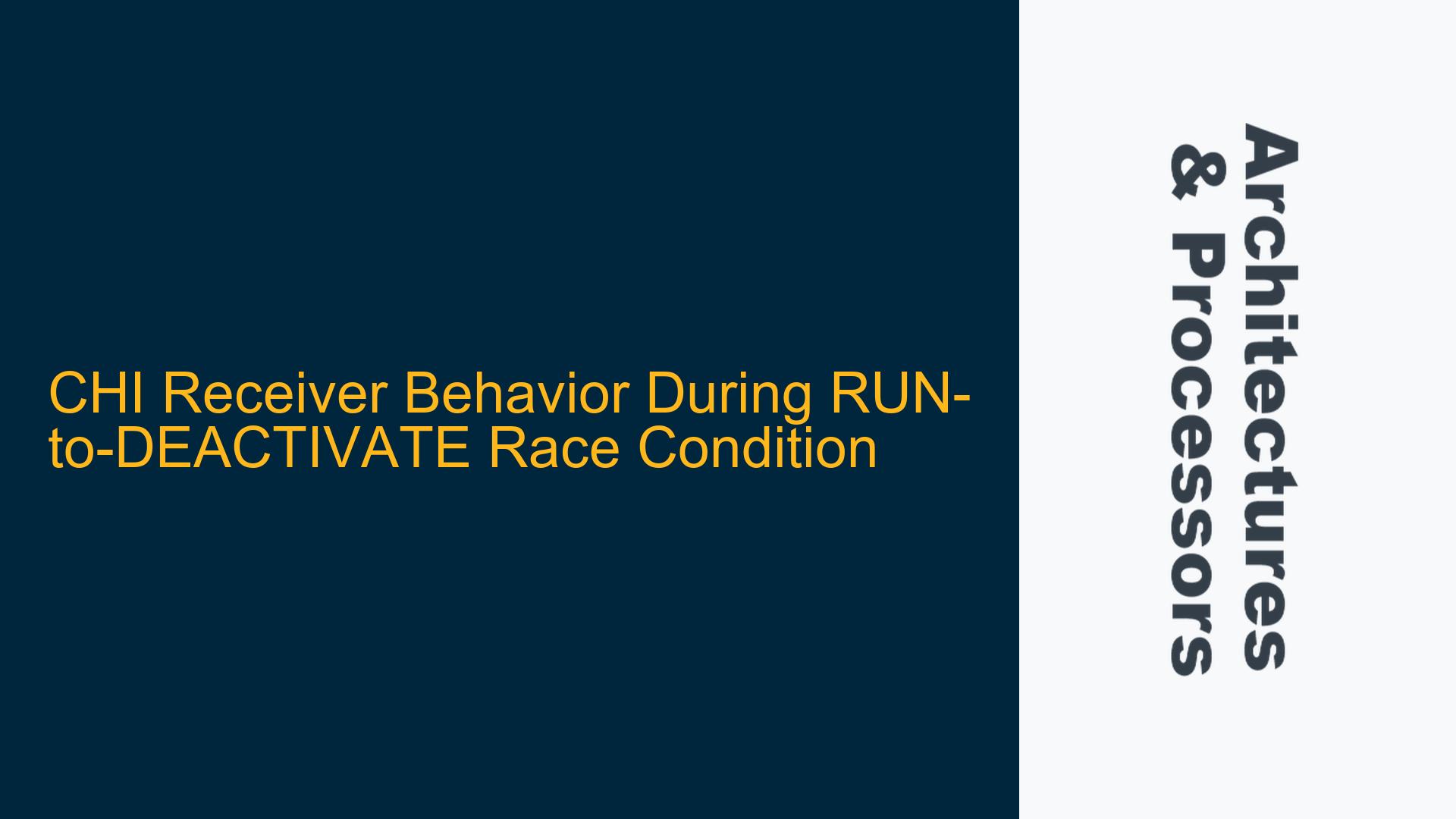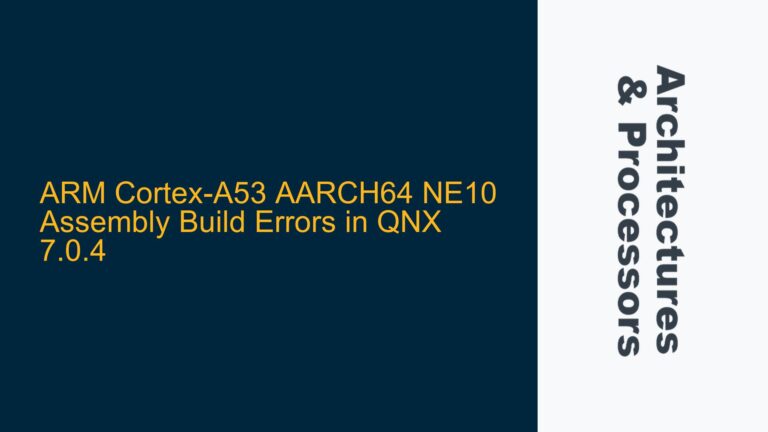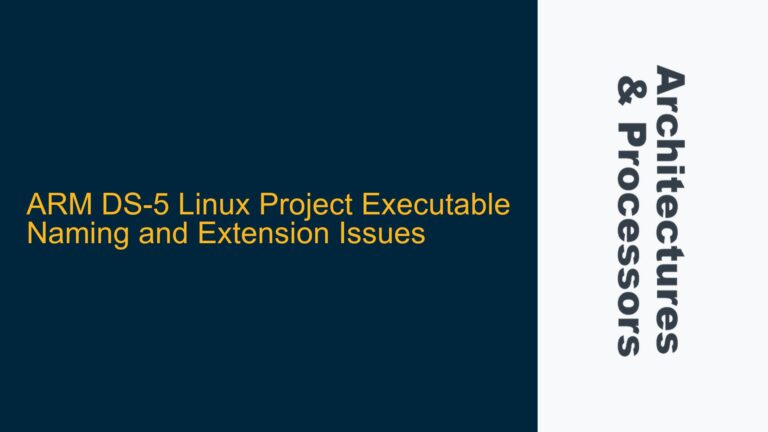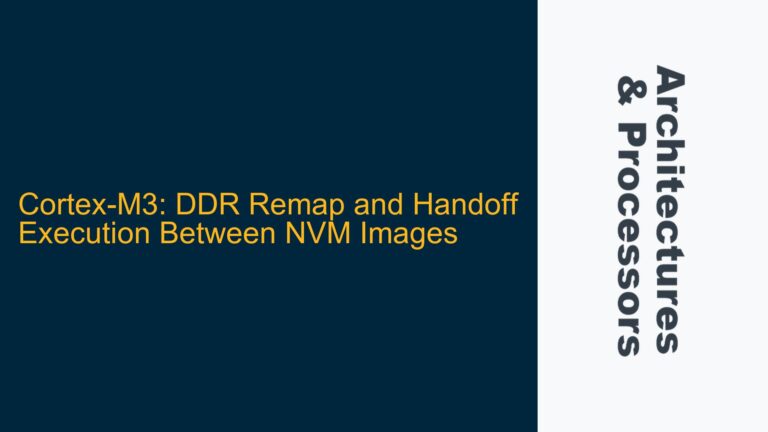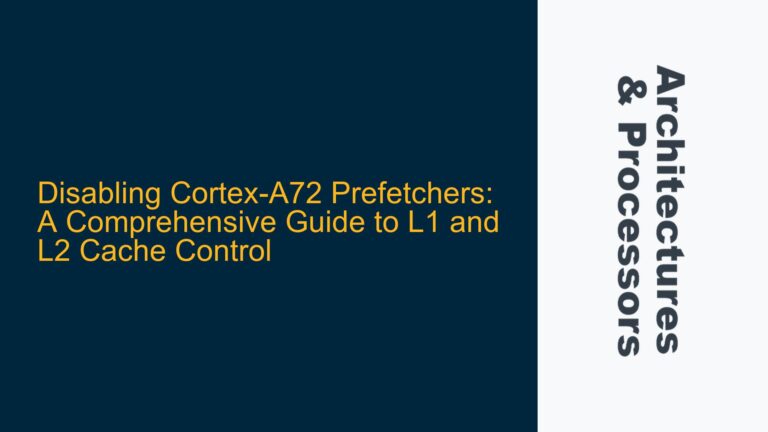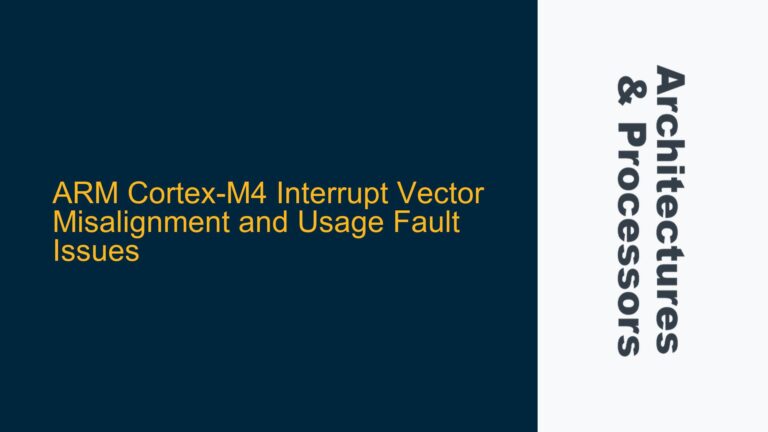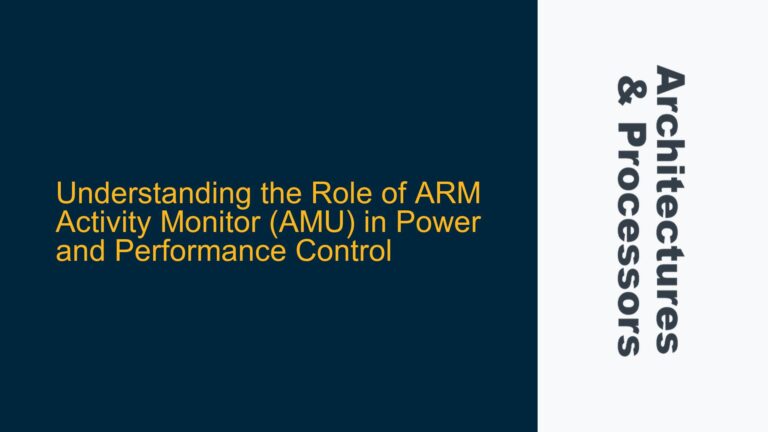CHI Receiver Flit Acceptance During LINKACTIVEREQ Deassertion
The CHI (Coherent Hub Interface) protocol, as defined in the ARM AMBA specifications, governs the communication between coherent agents in a system. One critical aspect of CHI is the state transition from RUN to DEACTIVATE, particularly when the transmitter deasserts LINKACTIVEREQ. During this transition, the receiver is required to accept flits both before and after the deassertion of LINKACTIVEREQ. This requirement ensures that no data is lost during the state transition, maintaining the integrity of the communication channel.
The receiver must handle two types of flits: protocol flits and link flits. Protocol flits carry the actual data and control information required for coherent transactions, while link flits manage the physical layer communication, including flow control and error detection. The receiver’s ability to accept both types of flits during the RUN-to-DEACTIVATE transition is crucial for maintaining system coherence and ensuring that all transactions are properly completed.
The primary concern in this scenario is whether the receiver should process and forward protocol flits to the upper layers even after the deassertion of LINKACTIVEREQ. This is particularly important because the protocol flits may contain critical transaction data that must be processed to maintain system coherence. The receiver must ensure that all valid protocol flits are accepted and processed, regardless of the state transition.
Potential Misalignment Between Protocol and Link Flits
One of the possible causes of issues during the RUN-to-DEACTIVATE transition is the misalignment between protocol flits and link flits. This misalignment can occur due to timing differences between the deassertion of LINKACTIVEREQ and the arrival of flits at the receiver. If the receiver stops accepting flits too early, it may drop valid protocol flits, leading to transaction failures and potential data corruption.
Another potential cause is the improper handling of flit buffers during the state transition. The receiver must ensure that its buffers are capable of holding flits that arrive both before and after the deassertion of LINKACTIVEREQ. If the buffers are not properly managed, flits may be lost or corrupted, leading to system errors.
Additionally, the receiver must correctly interpret the validity of protocol flits during the transition. Protocol flits that arrive after the deassertion of LINKACTIVEREQ may still be valid and must be processed accordingly. If the receiver incorrectly marks these flits as invalid, it may fail to forward them to the upper layers, resulting in incomplete transactions.
Ensuring Proper Flit Handling and Forwarding
To address the challenges associated with the RUN-to-DEACTIVATE transition, the receiver must implement several key strategies to ensure proper flit handling and forwarding. These strategies include:
-
Buffer Management: The receiver must ensure that its flit buffers are properly managed to accommodate flits that arrive both before and after the deassertion of LINKACTIVEREQ. This may involve increasing buffer size or implementing more sophisticated buffer management techniques to prevent flit loss or corruption.
-
Flit Validity Checking: The receiver must implement robust flit validity checking mechanisms to ensure that all valid protocol flits are processed and forwarded to the upper layers. This includes checking the integrity of protocol flits that arrive after the deassertion of LINKACTIVEREQ and ensuring that they are not incorrectly marked as invalid.
-
State Transition Synchronization: The receiver must synchronize its state transition with the transmitter to ensure that it continues to accept flits until all valid flits have been received. This may involve implementing additional signaling mechanisms to coordinate the state transition between the transmitter and receiver.
-
Error Handling and Recovery: The receiver must implement error handling and recovery mechanisms to address any issues that arise during the RUN-to-DEACTIVATE transition. This includes detecting and correcting flit errors, as well as recovering from any lost or corrupted flits.
By implementing these strategies, the receiver can ensure that it properly handles flits during the RUN-to-DEACTIVATE transition, maintaining system coherence and preventing data loss or corruption.
Detailed Analysis of Flit Types and Their Handling
To further understand the challenges associated with the RUN-to-DEACTIVATE transition, it is important to analyze the different types of flits and how they are handled by the receiver. Protocol flits and link flits serve different purposes in the CHI protocol, and their handling during the state transition must be carefully managed.
Protocol Flits: Protocol flits carry the actual data and control information required for coherent transactions. These flits are critical for maintaining system coherence and must be processed and forwarded to the upper layers. During the RUN-to-DEACTIVATE transition, the receiver must ensure that all valid protocol flits are accepted and processed, regardless of the state of LINKACTIVEREQ.
Link Flits: Link flits manage the physical layer communication, including flow control and error detection. These flits are essential for maintaining the integrity of the communication channel but do not carry transaction data. The receiver must continue to accept link flits during the RUN-to-DEACTIVATE transition to ensure that the communication channel remains stable and error-free.
The receiver must differentiate between protocol flits and link flits and handle them appropriately during the state transition. This involves implementing separate processing paths for each type of flit and ensuring that the correct handling logic is applied based on the flit type.
Synchronization Between Transmitter and Receiver
One of the key challenges during the RUN-to-DEACTIVATE transition is ensuring proper synchronization between the transmitter and receiver. The transmitter deasserts LINKACTIVEREQ to initiate the state transition, but the receiver must continue to accept flits until all valid flits have been received. This requires careful coordination between the transmitter and receiver to ensure that the state transition does not result in flit loss or corruption.
To achieve this synchronization, the receiver must implement mechanisms to detect the deassertion of LINKACTIVEREQ and continue to accept flits until it is certain that all valid flits have been received. This may involve implementing additional signaling mechanisms, such as handshaking protocols, to coordinate the state transition between the transmitter and receiver.
Additionally, the receiver must ensure that its internal state machines are properly synchronized with the transmitter’s state machines. This includes ensuring that the receiver’s state transition logic is aligned with the transmitter’s state transition logic, preventing any misalignment that could result in flit loss or corruption.
Error Detection and Correction Mechanisms
During the RUN-to-DEACTIVATE transition, the receiver must implement robust error detection and correction mechanisms to address any issues that arise. This includes detecting and correcting flit errors, as well as recovering from any lost or corrupted flits.
Error Detection: The receiver must implement error detection mechanisms to identify any flit errors that occur during the state transition. This includes checking the integrity of protocol flits and link flits to ensure that they have not been corrupted during transmission.
Error Correction: Once an error has been detected, the receiver must implement error correction mechanisms to recover from the error. This may involve retransmitting the corrupted flit or implementing error correction codes to correct the error without retransmission.
Flit Recovery: In the event that a flit is lost or corrupted, the receiver must implement flit recovery mechanisms to ensure that the transaction can be completed. This may involve requesting retransmission of the lost or corrupted flit or implementing redundancy mechanisms to recover the lost data.
By implementing these error detection and correction mechanisms, the receiver can ensure that any issues that arise during the RUN-to-DEACTIVATE transition are promptly addressed, maintaining system coherence and preventing data loss or corruption.
Conclusion
The RUN-to-DEACTIVATE transition in the CHI protocol presents several challenges for the receiver, particularly in terms of flit handling and synchronization with the transmitter. By implementing robust buffer management, flit validity checking, state transition synchronization, and error detection and correction mechanisms, the receiver can ensure that it properly handles flits during the state transition, maintaining system coherence and preventing data loss or corruption.
The detailed analysis of flit types and their handling, along with the synchronization and error detection mechanisms, provides a comprehensive approach to addressing the challenges associated with the RUN-to-DEACTIVATE transition. By following these strategies, designers and verification engineers can ensure that their CHI-based systems operate reliably and efficiently, even during complex state transitions.
